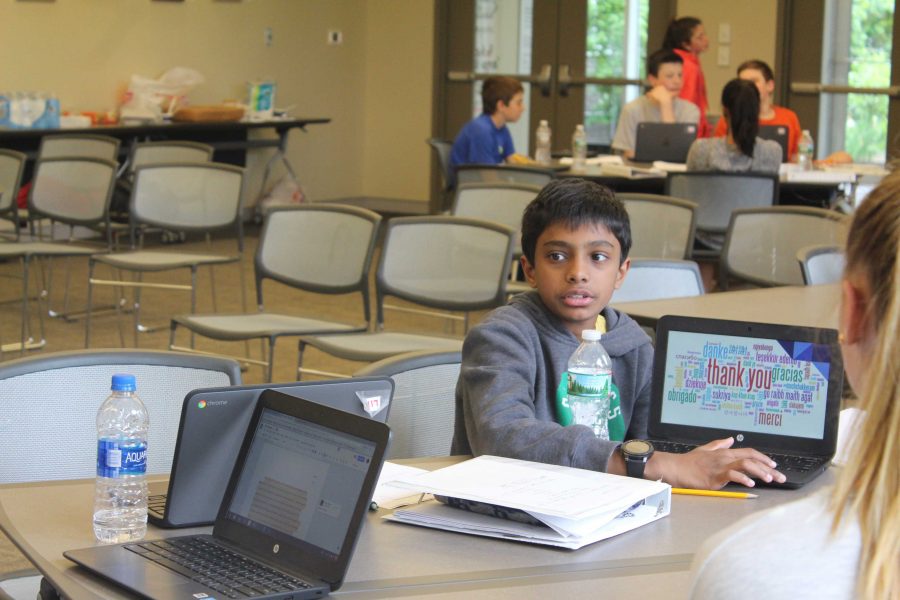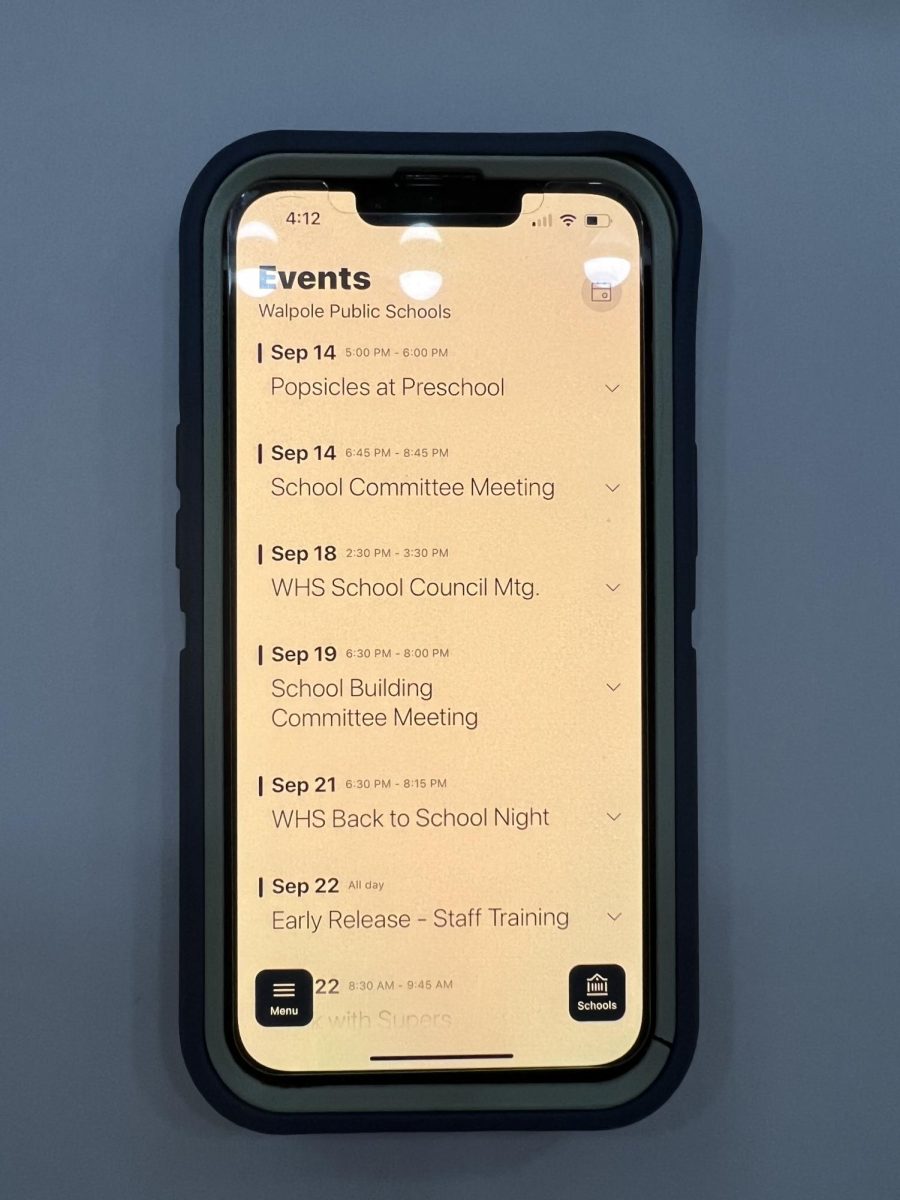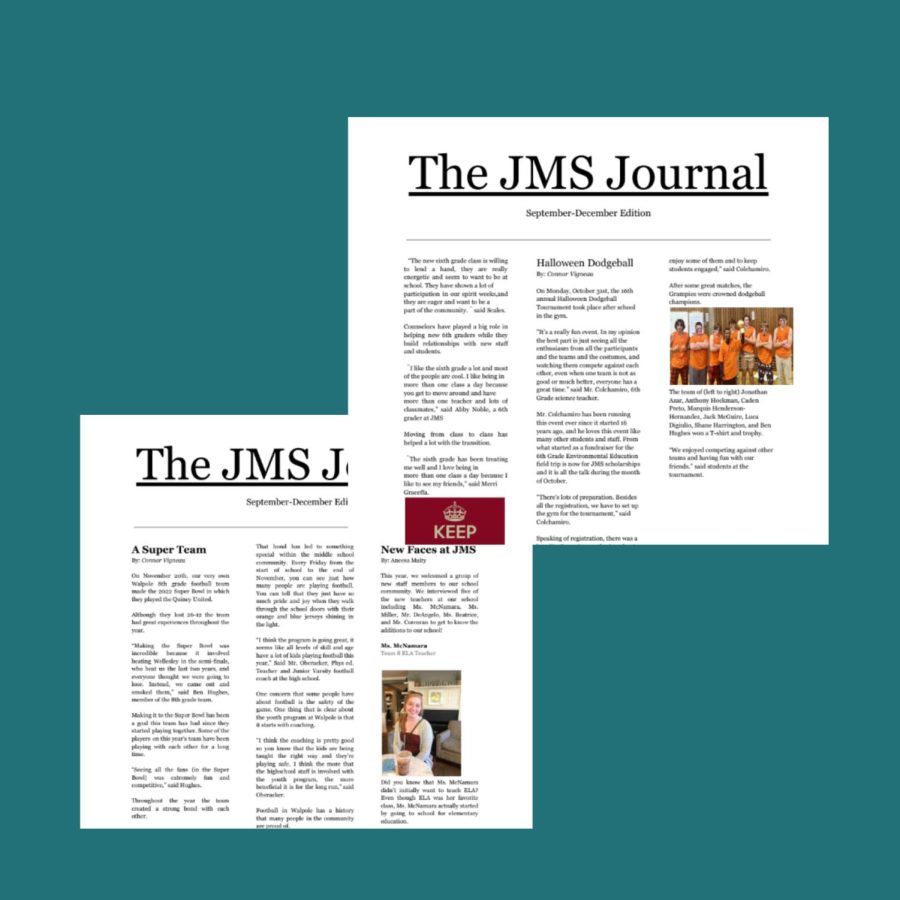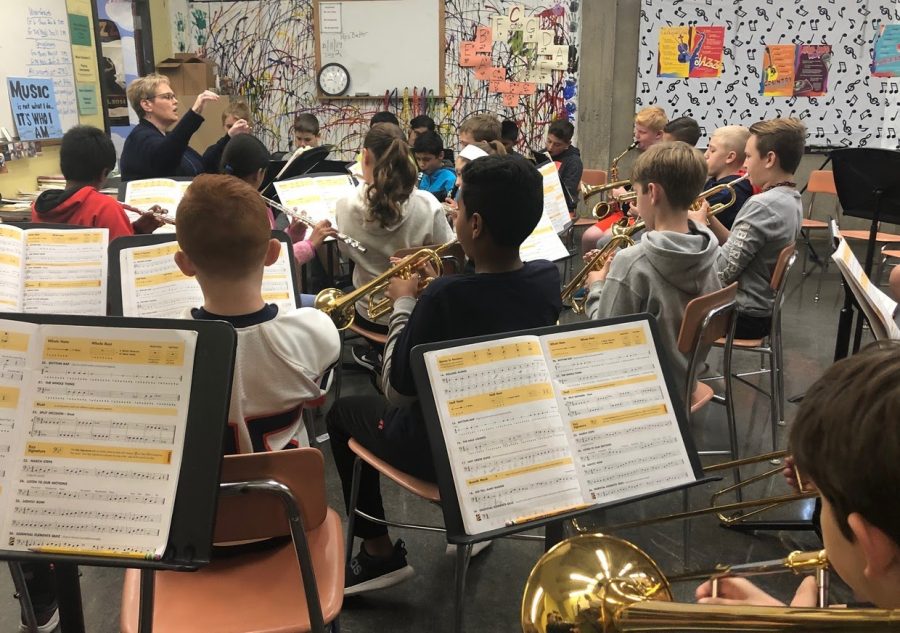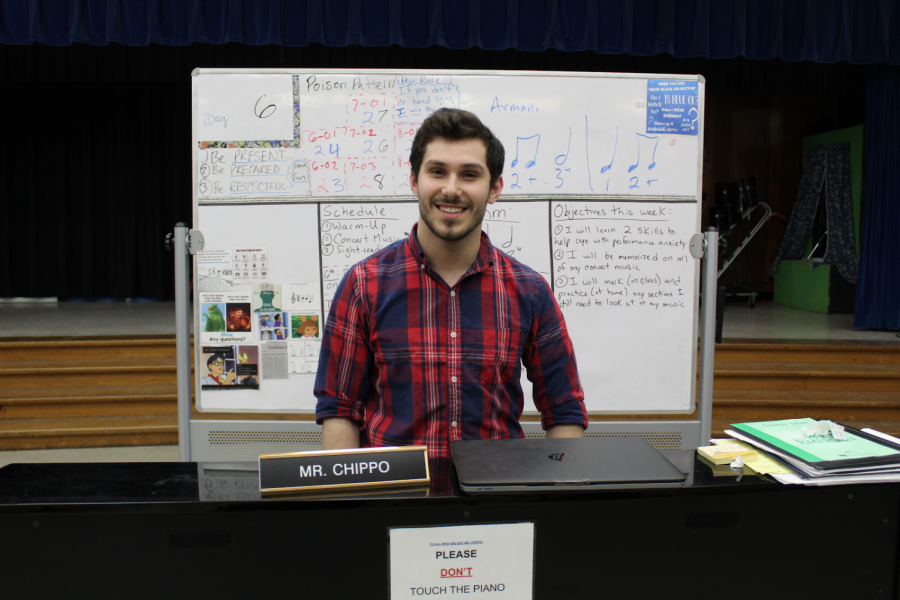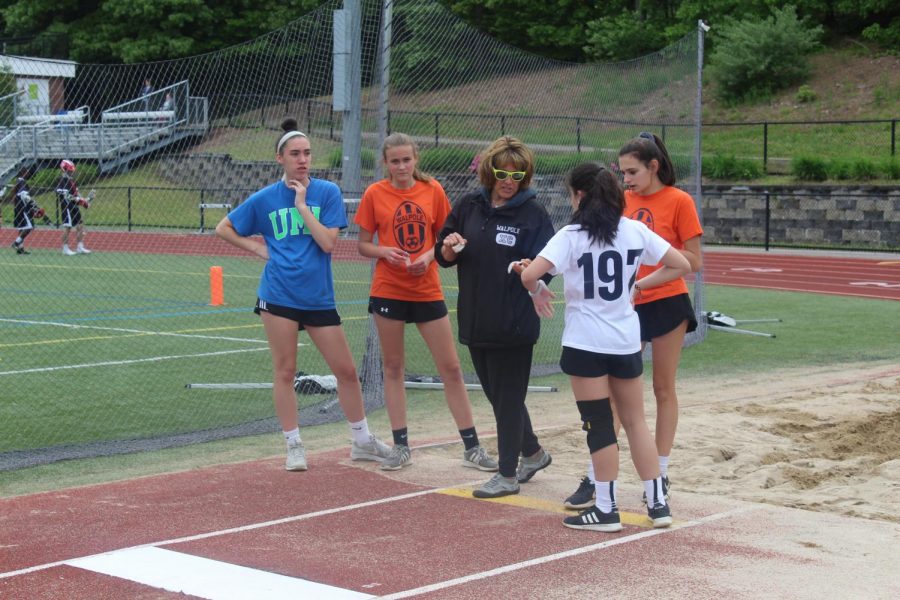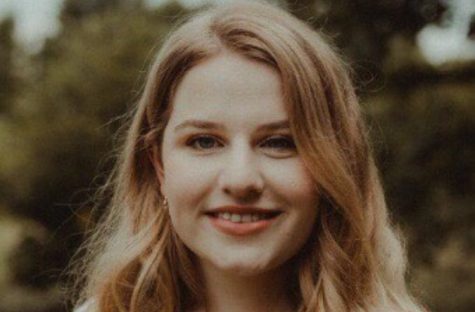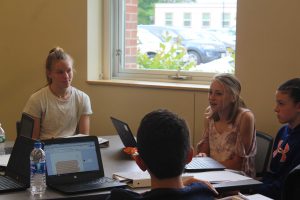
By Allie Millette and Chloe Patel
Staff Writers
Seventh graders from Bird and Johnson Middle School explored problems in their community through Project Based Learning—a five-step process the students go through to solve the essential question they develop.
Dr. Bridget Gough and Principal William Hahn worked with these students from both schools to brainstorm an issue within the community. From that problem each student created an essential question to which they create a practical solution.
“We thought it would be neat to take a group of seventh grade students who are looking for more enrichment and a little more independence in their learning and provide them an opportunity to engage in project based learning,” said Hahn.
After developing the problem, students planned how they were going to complete the project. Some students had to plan to send a survey to students to gather research for their project. The next step was to start the research and follow a rubric to guide them through the project. Then, students prepare a presentation according to a rubric, which were presented on Tuesday, June 12. Finally, the students filled out a reflection on their project and presentation.
Students created projects ranging from creating gardens to motivating kids to join extracurricular activities.
One student, Kate McDonald, did her project about installing air conditioning in the schools.
“Our schools are so hot and it’s just hard for kids to focus in the classes. It’s not good for them to focus in hot or extremely cold classes,” said McDonald.
Another student, Shriya Ramanan, was inspired by her own experiences and created a solution for the busy staircases at her middle school. She wanted to put a line down the center of the stairs to control traffic.
“I was always late to my classes and I decided to do something about that,” said Ramanan.
This is the second year Bird and Johnson have run the Project Based Learning program. They have had three meetings together where the students involved from both school gave each other feedback and insight to make each other’s projects stronger. PBL is entirely voluntary, and the students who take part in the program do so based on their own interests.
“[Project Based Learning] was a way for them to really think outside the box, to be able to work in a different space to come up with different forms of research and to be able to work collaboratively between themselves,” said Gough. “We found an outlet for students to implement 21st century learning.”



